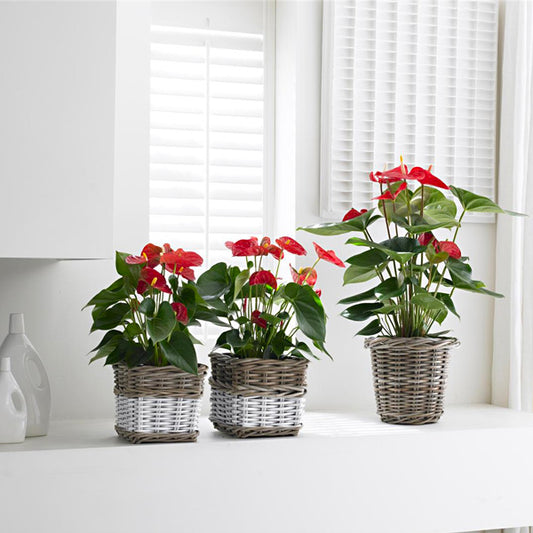Use a container of 10 liters or more for a 3 liters packet of coconut husk. Fill the container with 10 liters of water. Rainwater is preferable but not essential at this stage. Untreated tap water can be used regardless of the Ph or EC.
Fill in the container with coconut husk now, the medium should now start absorbing water and should be completely soaked in water in a few hours. After 24 hours, you must empty the water in the container, which will be brown in colour which nothing but tannin from the husk.
Once again use fresh water to flush the soaked coconut husk, remove this brown water. Then follow the instructions below:
Fill in the container with 10 liters of fresh water and mix the following:
- 10g lime. This will help with any pH problems.
- 10g Calcium Nitrate. This will neutralize the salt in the media.
- 10g Epsom salts. This reduces the amount of salt content.
- 10g/ml Trichoderma (optional) This reduces the pathogen growth in the potting medium.
Fill in the container with coconut husk now, the medium should now start absorbing water and should be completely soaked in water in a few hours. Give it a stir every now and then and top up the water if necessary.
Allow to soak for at least for 24 hours and wash the coconut husk after 24 hours after draining out the soaked water. On completion of the washing process allow the medium to drain. The final flush is done using your nutrient or fertilizer water.
A mix of Basfoliar 13-40-13 2g/L + Kelp 4ml/L of water or Bio 20 2ml/L of water will provide a good nutrient solution. Due to its fibrous nature, coconut husk very quickly takes on the Ph and EC of the nutrient/fertilizer mix.
If you are using homemade coconut husk, make sure you don't use raw green coconut which is generally green from the outside and light brown from inside. The medium must be seasoned by exposing it to sun and rain (or water) for at least a month. If the husk is ready it will be brown in colour and dry without any moisture in it.
Also, the ideal size of the husk chunk is half an inch by one inch for most orchids. Bigger chunk size will create larger air holes and is not ideal. Smaller chunk size could be too compact and will decompose faster.

